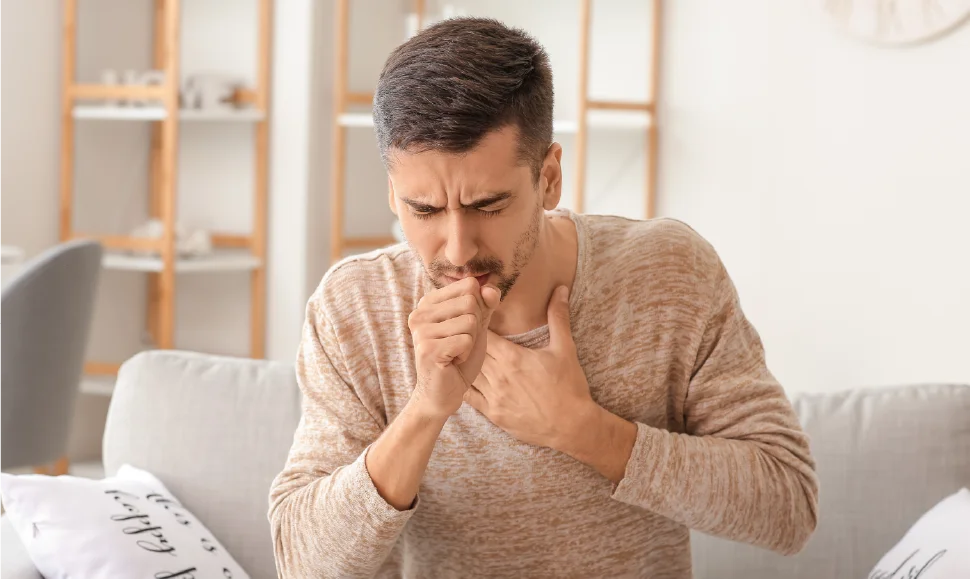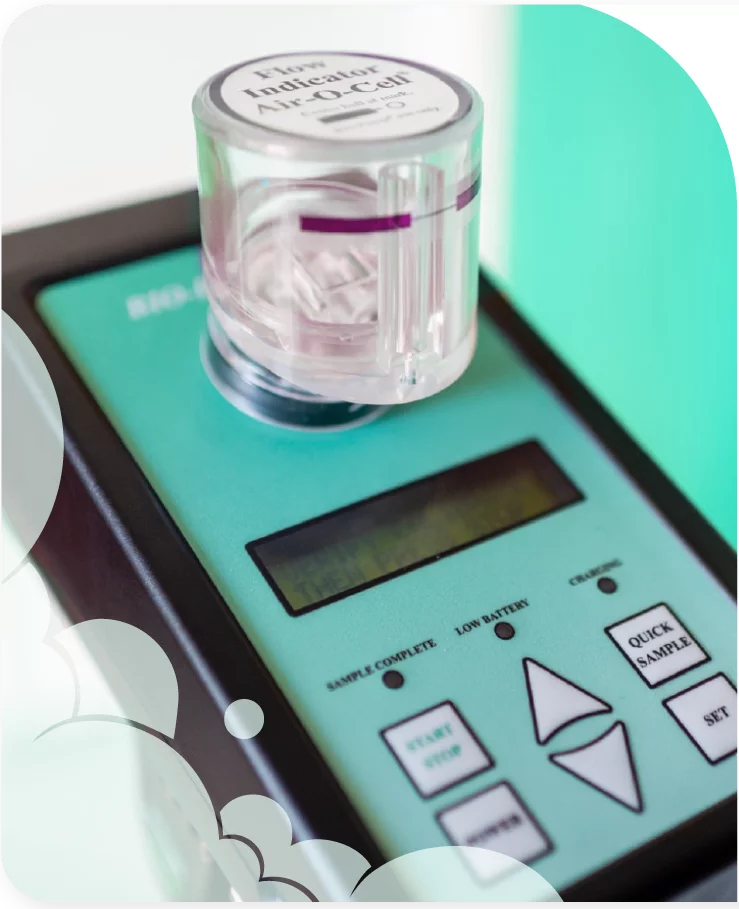VOC Sampling Inspection
We are Environmental Testing Agency: Licensed, Certified and Insured Mold Testing and Mold Testing Company
What are VOCs & where are they present?
Volatile organic compounds (VOCs) are emitted as gasses from certain solids or liquids. VOCs include a variety of chemicals, some of which may have short- and long-term adverse health effects.
Some are harmful by themselves, including some that cause cancer. In addition, they can react with other gasses and form other air pollutants after they are in the air.
Concentrations of many VOCs are consistently higher indoors than outdoors and are emitted by a wide array of products numbering in the thousands.
Organic chemicals are widely used as ingredients in household products such as paints, varnishes, and wax as do many cleaning, disinfecting cosmetics, degreasing, and hobby products.
Also, levels of about a dozen common organic pollutants are 2 to 5 times higher inside homes than outside, regardless if the home or building is located in rural or highly industrial areas.

Do you think you are
breathing harmful VOC´s?
CALL US: 954-696-3338
VOCs And Health Impact
Breathing VOCs can irritate the eyes, nose, and throat. They can cause difficulty breathing, nausea and can damage the central nervous system as well as other organs.
Some VOCs can cause cancer but not all have all these health effects. The ability of organic chemicals to cause health effects varies greatly from those that are highly sensitive to those with no known health effects.
Key signs or symptoms of VOCs exposure:
- conjunctival irritation
- nose and throat discomfort
- headache
- allergic skin reaction
- dyspnea
- declines in serum cholinesterase levels
- nausea
- emesis
- epistaxis
- fatigue
- dizziness
VOCs Indoor Sources
Building materials:
- Paint, paint strippers.
- Varnishes and finishes.
- Caulks and sealants.
- Adhesives.
- Flooring, carpet, pressed wood products.
Home & personal care products:
- Cleaners and disinfectants
- Furniture.
- Pesticides.
- Air fresheners.
- Cosmetics and deodorants.
- Fuel oil, gasoline.
Activities:
- Tobacco smoke
- Dry-cleaned clothing
- Arts and crafts products: glues, permanent markers, etc.
- Wood burning stoves
- Office printers and copiers

VOC Sampling
in homes and Buildings
Eta provides VOC samplings to ensure a safe indoor environment for everyone we got you covered 24/7
Call now
Allergens in
Homes and Buildings
Addressing the potential causes of indoor air quality problems is very important, otherwise, these can have a detrimental impact on your health, your family’s or worker’s health. Get your air quality tested TODAY and allow us to be your breath of fresh air.
- Asthma & Allergies
- Respiratory Problems
- Cognitive Impairment & Mental Health

Environmental Testing Agency provides VOC Sampling Inspection services
in South Florida
VOC SAMPLING FAQ
” Volatile organic compounds (VOC) means any compound of carbon, excluding carbon monoxide, carbon dioxide, carbonic acid, metallic carbides or carbonates, and ammonium carbonate, which participates in atmospheric photochemical reactions.
Electrostatic air purifiers capture particulates (solid particles and liquid droplets) by using an electrically charged screen or panel. However, they cannot remove gaseous molecules like VOCs, only larger particulates such as dander, dust and mold
First, you can allow new furniture to air out in a garage or shed before bringing it into your home. Second, you can increase ventilation in rooms with new furniture and flooring.
Common examples of VOCs that may be present in our daily lives are: benzene, ethylene glycol, formaldehyde, methylene chloride, tetrachloroethylene, toluene, xylene, and 1,3-butadiene.
Generally, methods for volatile organic compounds sampling include collection of the whole air or preconcentration of samples on adsorbents.
VOCs have a variety of direct and indirect impacts on people and the environment and the main problems refer to: harmful effects on people health and on environment through toxicity; carcinogenicity and other adverse effects; the damage to materials; the tropospheric photochemical oxidant formation; stratospheric ozone
In sufficient quantities, VOCs can cause eye, nose and throat irritations, headaches, dizziness, visual disorders and memory impairment. In more extreme cases, some are known to cause cancer in animals, and some are suspected of causing cancer in humans.
The sample is then transported to the lab for analysis, and a final report is delivered in 6 business days.
Learn More About VOC Sampling
Contact Us
Contact Us

Request
A Free Estimate





